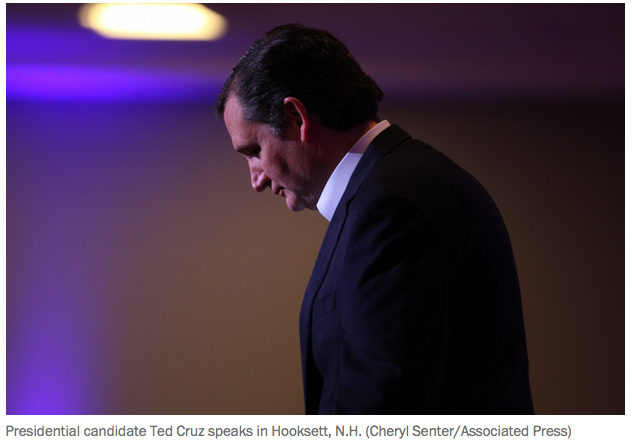If America’s 58th presidential election validates Ted Cruz’s audacious “base plus” strategy, he will have refuted assumptions about the importance of independent “swing” voters and the inertia of many missing voters. Critics say his plan for pursuing the Republican nomination precludes winning the presidency. Jason Johnson, Cruz’s chief strategist, responds: “I’m working backward from Election Day,” because Cruz’s plan for winning the necessary 1,236 convention delegates is an extrapolation from his strategy for winning 270 electoral votes.
All presidential campaigns aspire to favorably change the composition of the electorate. Cruz aims to substantially reconfigure the electorate as it has recently been.
Between George W. Bush’s 2000 election and his 2004 reelection, the turnout of non-Hispanic whites increased by an astonishing 10 million. Barack Obama produced a surge of what Johnson calls “two-election voters.” In 2008, the African American voting rate increased from 2004 while white voting declined slightly; in 2012, African Americans voted at a higher rate than whites.
In Florida in 2012, turnout of non-Hispanic whites declined from 2008 even though the eligible voting-age population increased by 864,000. Nationally, the Census Bureau’s Thom File writes: “The number of non-Hispanic white voters decreased by about 2 million between 2008 and 2012.” In the past five elections (1996-2012), their share of eligible voters declined from 79.2 percent to 71.1 percent and their share of the turnout declined from 82.5 percent to 73.7 percent, while the Hispanic and black shares of votes cast increased about four and three percentage points, respectively.
Source: George F. Will, https://www.washingtonpost.com
 Listen Online
Listen Online Watch Online
Watch Online Find a Station in Your Area
Find a Station in Your Area








 Listen Now
Listen Now Watch Online
Watch Online
